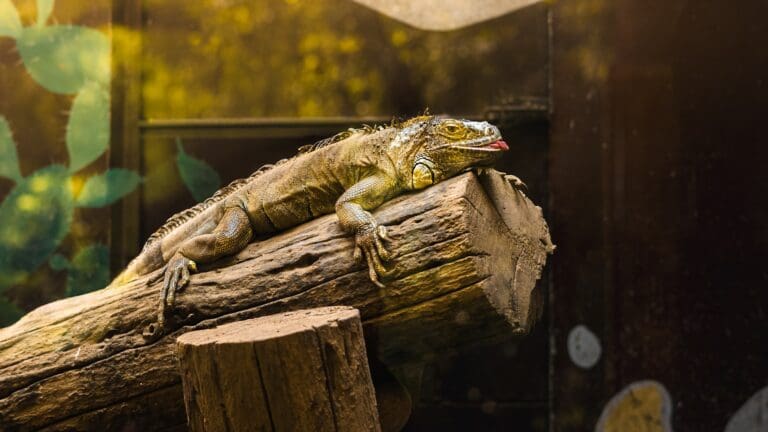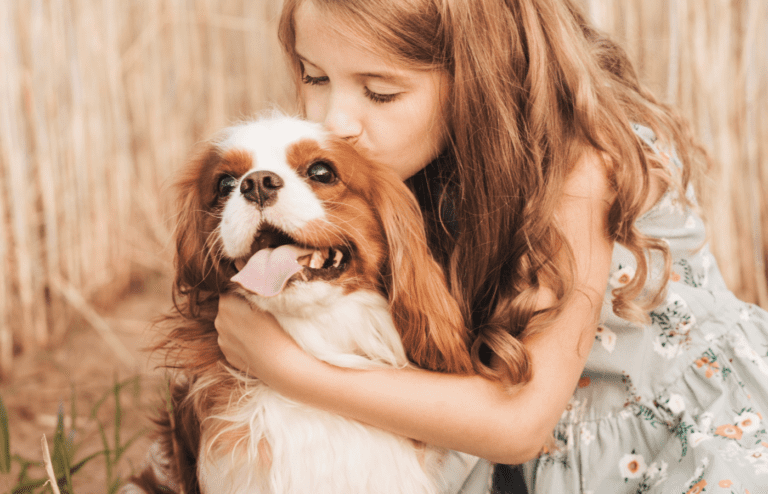If your pets and plants share the same space indoors, be forewarned that some houseplants can be toxic to pets. Many dogs and cats like to take a nibble and sample the foliage. Here are 10 plants to keep away from pets.
10. Aloe Vera
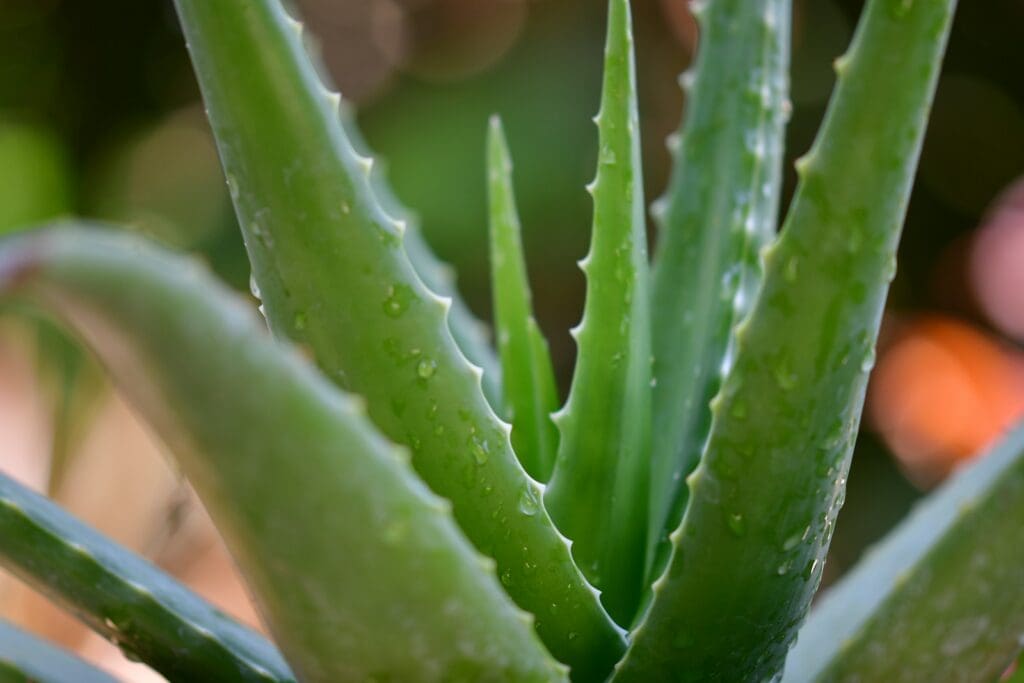
Aloe vera is considered a healing plant for humans and is found as an ingredient in all kinds of products for people. However, for dogs and cats, aloe vera is dangerous. Pets that take a nibble on this planet can develop diarrhea, vomiting, and lethargy. For a similar visual look from the succulent family replace with Haworthia.
9. Clivia
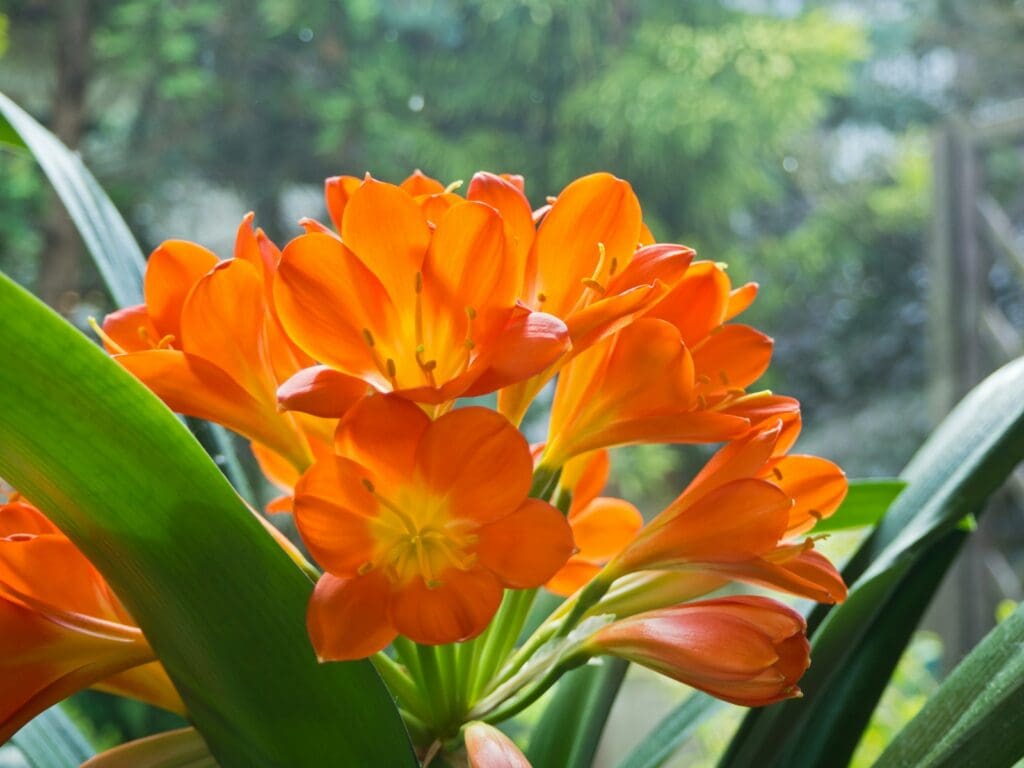
Clivia are plants that feature bright tropical flowers. Unfortunately, both the plant and its blooms contain lycorine, a chemical that can cause nausea and diarrhea in pets. A much safer plant that produces beautiful year-round flowers is the African Violet, and all its parts are non-toxic to dogs and cats.
8. Asparagus Fern
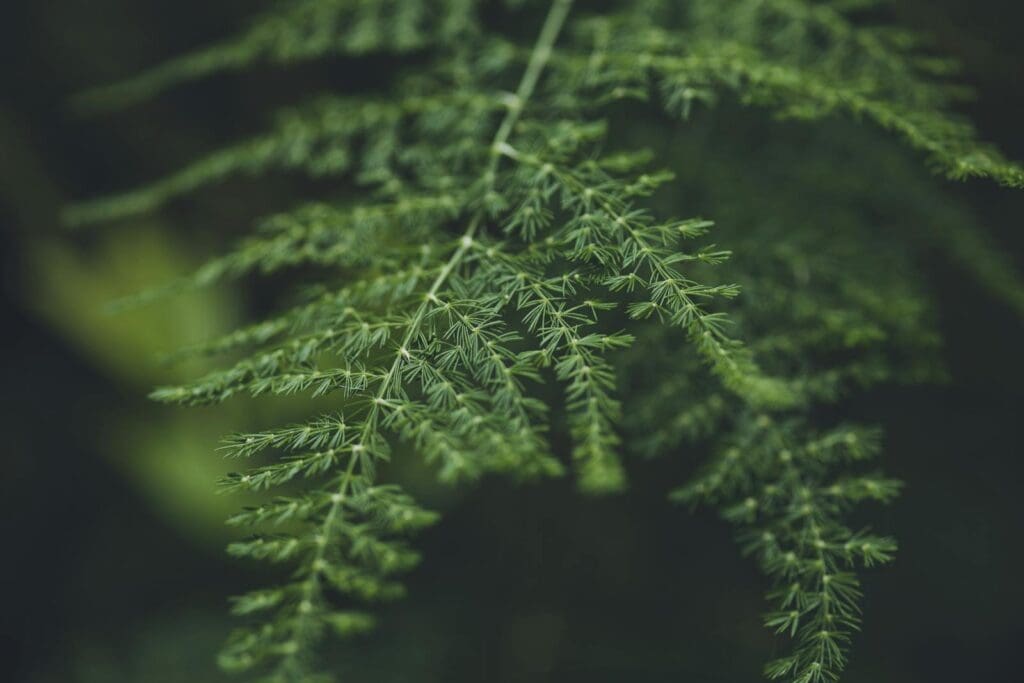
Asparagus ferns are harmful for pets to nibble and to touch. Ingesting asparagus ferns or their berries can cause vomiting and diarrhea for pets. Even touching asparagus ferns can cause allergic dermatitis, giving your dog or cat a whole lot of itching. Replace with Boston ferns, known for their classic beauty, and among the easiest ferns to care for.
7. Monstera
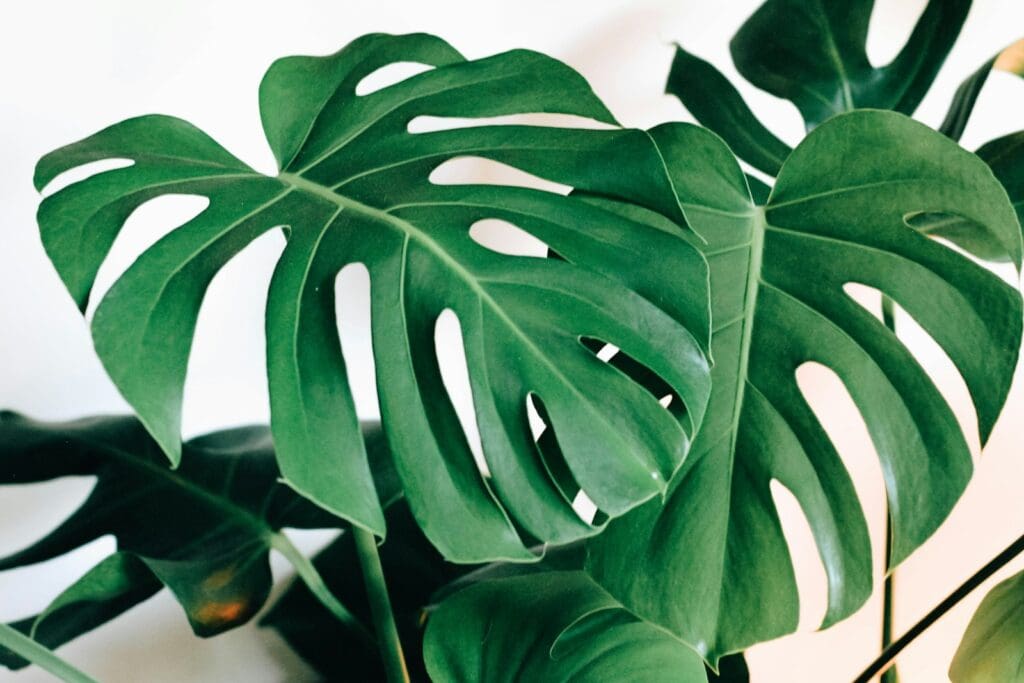
Monstera, also known as Swiss cheese plants, are highly popular but are dangerous for pets. The plant contains calcium oxalates, which can cause intense burning around the lips, tongue, and mouth, and trouble breathing. Replace with non-toxic Christmas Cactus which offers beautiful red blooms in the winter. Take a cutting and replant one in each room.
6. Corn plant
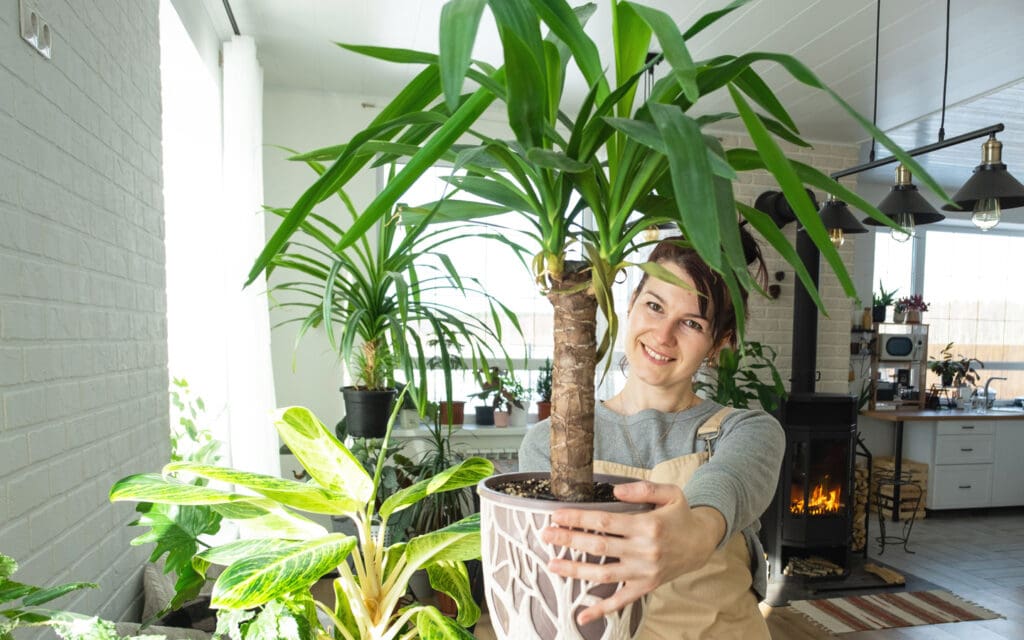
The corn plant, also known as dracaena or dragon tree, contains a substance toxic to animals called saponins. For pets that ingest it, the plant can cause vomiting, anorexia, dilated pupils, and hypersalivation. Achieve a similar look with pet-safe Staghorn Ferns (Platycerium), which grow best when mounted on a board and hung on a wall like living works of art.
5. Sago Palm
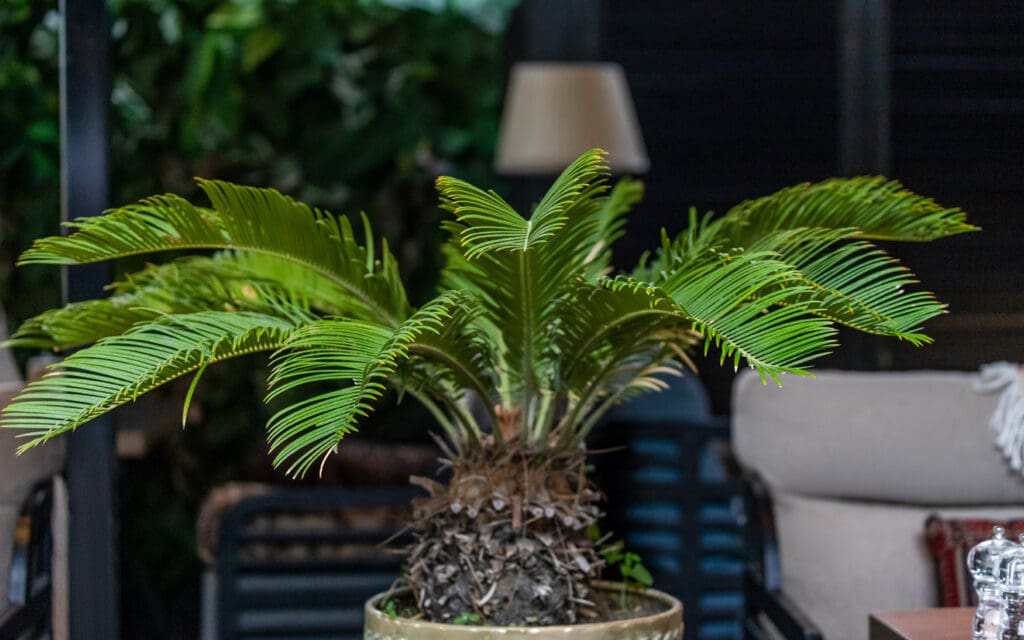
The Sago Palm is one of the most dangerous do-not-have plants for pet owners. These plants contain cycasin, a highly toxic substance that can cause liver damage or failure, vomiting, hemorrhagic gastroenteritis, and death. Replace with a Parlor Palm (Chamaedorea elegans), which also does well with low light and lower temperatures.
4. Peace Lily
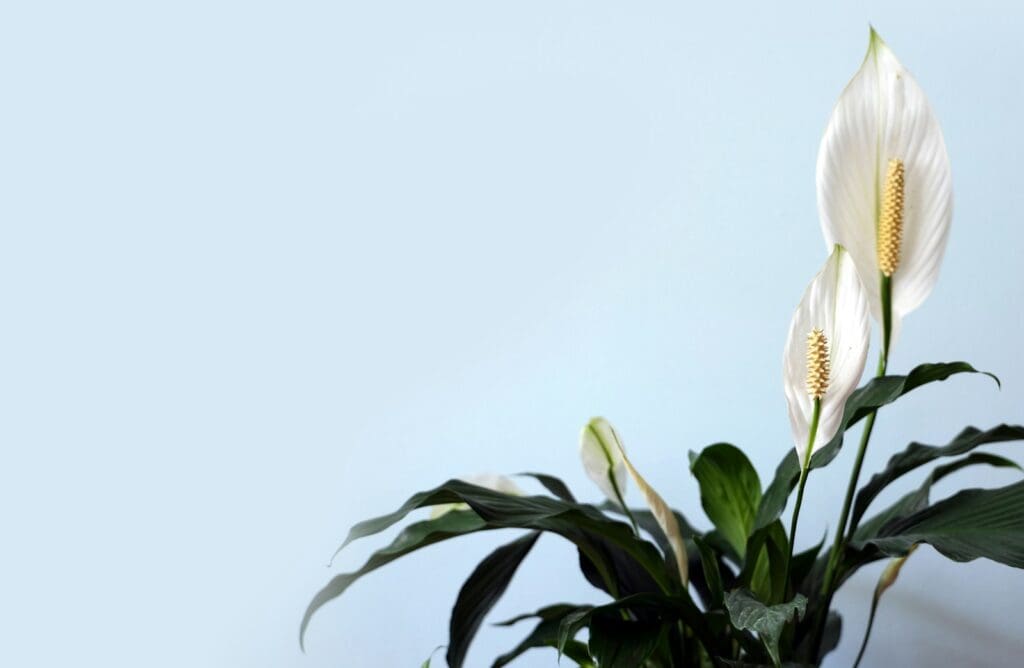
The Peace Lily is another plant that contains calcium oxalates. When ingested by pets, this plant can cause burning and irritation in the mouth and tongue, as well as difficulty swallowing. For a similar, beautiful, flowery look, replace it with the pet-friendly Hibiscus. They thrive in direct light in temperatures between 55-70°F.
3. Pothos
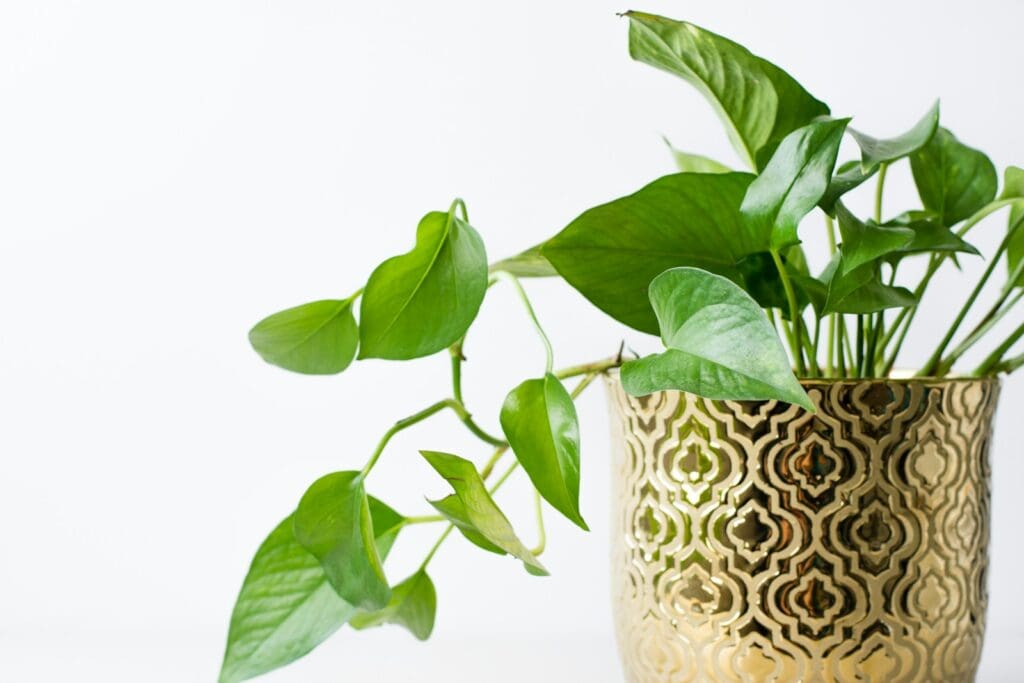
While the Pothos is a beautiful, popular plant due to its ease of care, it’s especially dangerous for pets, particularly for cats. It contains poisonous calcium oxalate crystals that can irritate the mouth and tongue and cause vomiting, difficulty swallowing, and drooling. Replace with the equally easy-to-care-for and popular Spider Plant that tolerates a wide variety of conditions.
Read More: 10 Common Foods to NEVER Give Your Dog
2. Jade Plant
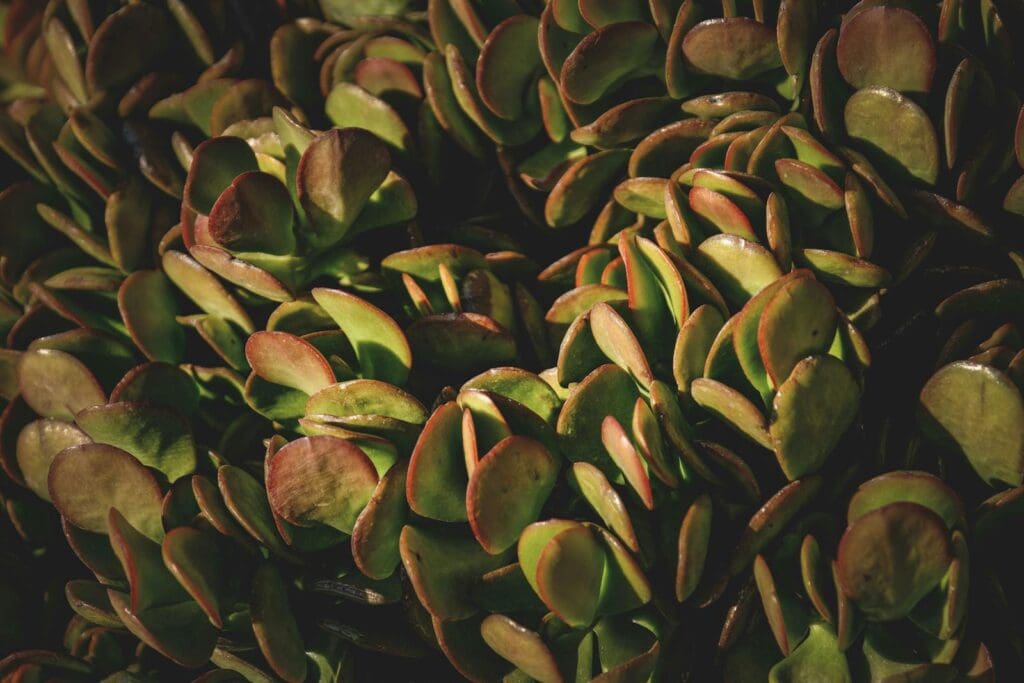
The Jade Plant is a very popular succulent. In pets, ingesting this plant can cause vomiting, loss of coordination, and depression. It can also be mildly toxic to some humans through skin contact. Try replacing it with the infamous Venus fly trap. While lethal to flies, gnats, and small insects, this captivating, carnivorous plant is totally safe for pets.
Read More: Common Foods That Are Toxic to Cats
1. Amaryllis
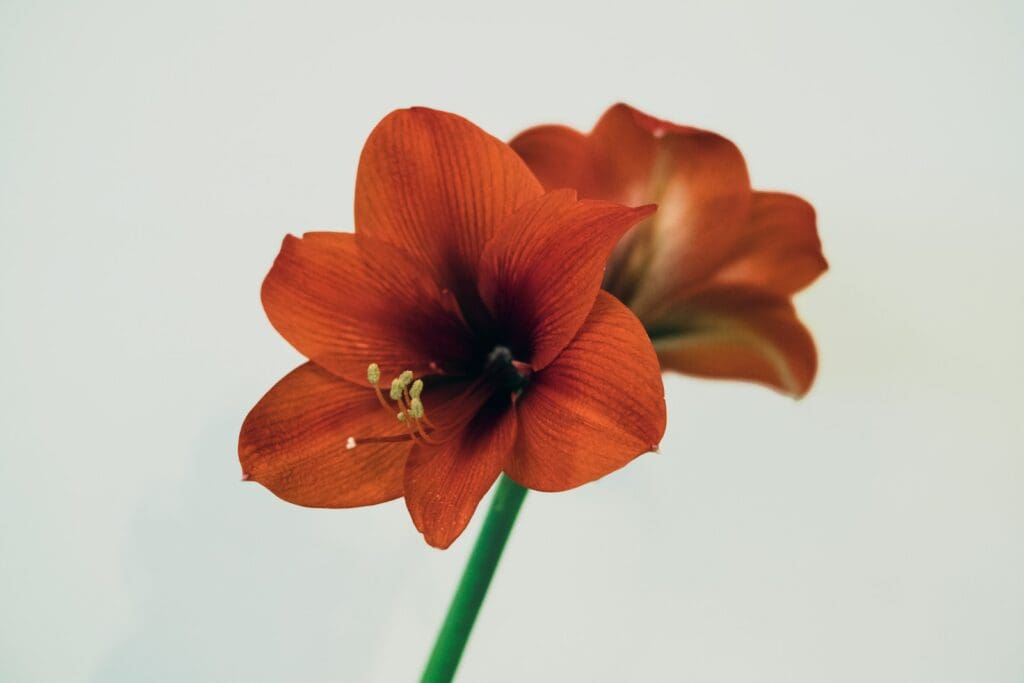
The amaryllis is a gorgeous flowering plant that is a holiday favorite. Unfortunately, it contains lycorine and other harmful chemicals, which are toxic to pets and can cause vomiting, diarrhea, and tremors. An equally, if not more stunning, replacement is the pet-safe Wax Plant with its array of star-shaped flowers that grow in clusters that range from pink to white.
Read More: Read This Before Making Homemade Dog Treats


